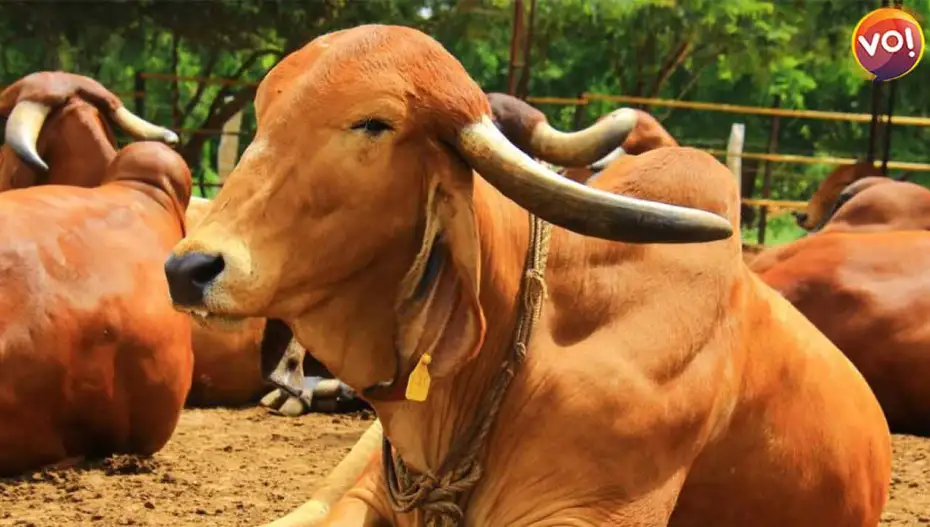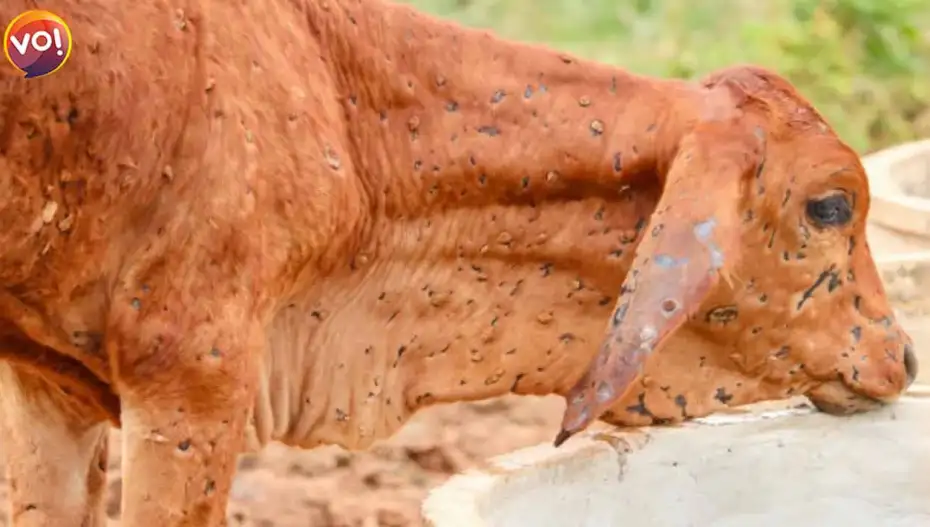On Tuesday, 149 cattle died from Lumpy Skin Disease (LSD), bringing the state’s total death toll to 2,782. Kheda was the 23rd area to be hit. With 67 cow deaths reported on Tuesday, Kutch is still the worst-hit state. There were many fatalities in the cities of Bhavnagar (20), Rajkot (19), Surendranagar (11), and Banaskantha (11).
With 1,076 new LSD cases, Banaskantha, a region with an abundance of dairy cows, reported the newest cases. Rajkot and Devbhumi Dwarka both reported 168 and 241 recent cases, respectively.
As the virus spread to 134 more communities, the state reported 2,517 fresh cases on Tuesday. 53,453 out of the roughly 74,400 cattle that have been afflicted with the virus so far have recovered from the illness. 30.61 lakh cattle have received vaccinations from the state government, including 2.27 lakh on Tuesday. Gujarat now maintains a reserve of about 17.38 lakh doses of vaccination.

What is LSD?
The lumpy skin condition is brought on by a virus, just like COVID-19. The lumpy skin disease virus is a member of the same family as smallpox and monkeypox viruses and is classified as a member of the genus Capripoxvirus (Poxviridae).
Typically, the virus affects ruminants like cows and buffaloes. A common sign of the illness is fever. A week later, lesions or sores, as well as drainage from the infected animals’ eyes and noses, are seen. Milk production is affected by these effects on animal health.
The transmission of the virus can be stopped by early discovery. Cattle that are affected must be kept apart. The disease should be immunized against in healthy cattle. It is necessary to thoroughly sanitize the area where the sick cattle were kept. The dead cattle must be burned at high temperatures. Buffaloes and cattle are the only livestock affected by the disease. Humans are not affected by the virus.
Also Read: Rapidly Spreading LSD Causes Centre To Send Teams To Gujarat












